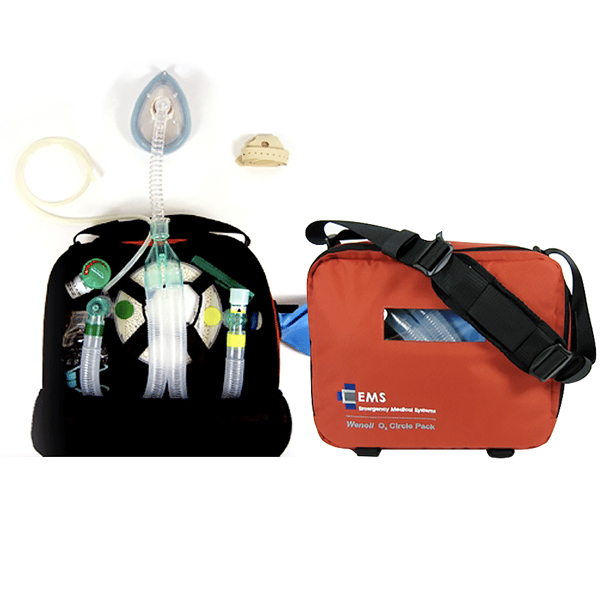Heavydpj
Registered
How does decompression work with CCR when the offgassed nitrogen that you are exhaling into your loop is simply re-inhaled?
I get the theory during OC - You breathe in (for the sake of argument) 100% O2 at 6m and breathe out 95% O2, some CO2, and your offgassed N2. The cycle is repeated until equilibrium occurs (enough) and you surface.
However, when you are on a CCR, N2 is not removed from the loop like CO2 is, so it seems to me that the diver is simply re-inhaling it. Not only that, because it's not scrubbed out, the percentage of N2 increases with each breath.
The thought exercise came up when I asked whether or not a CCR rig can be used as an O2 source in remote areas when there isn't enough O2 to sustain a high flow rate for long periods of time.
I get the theory during OC - You breathe in (for the sake of argument) 100% O2 at 6m and breathe out 95% O2, some CO2, and your offgassed N2. The cycle is repeated until equilibrium occurs (enough) and you surface.
However, when you are on a CCR, N2 is not removed from the loop like CO2 is, so it seems to me that the diver is simply re-inhaling it. Not only that, because it's not scrubbed out, the percentage of N2 increases with each breath.
The thought exercise came up when I asked whether or not a CCR rig can be used as an O2 source in remote areas when there isn't enough O2 to sustain a high flow rate for long periods of time.





